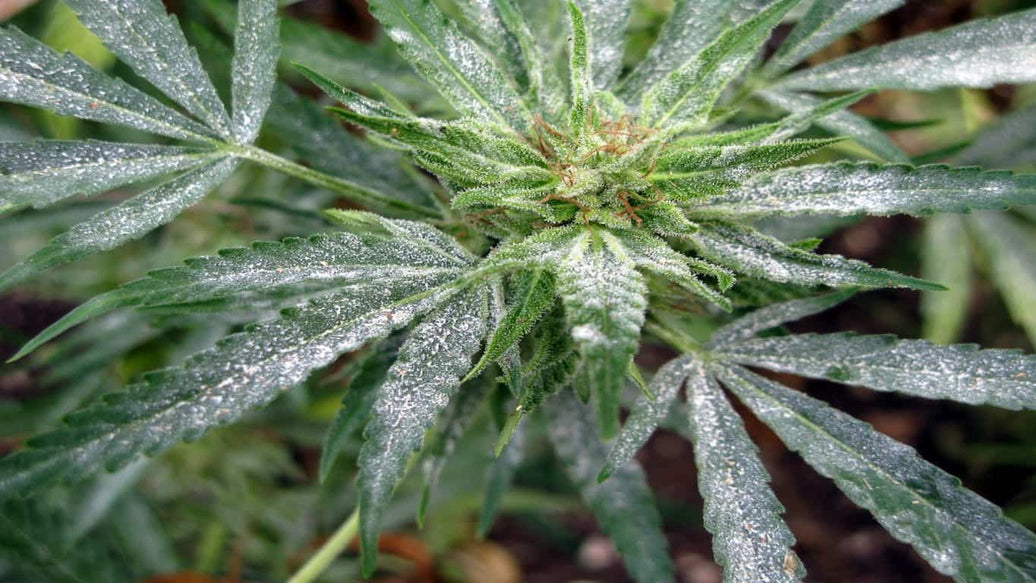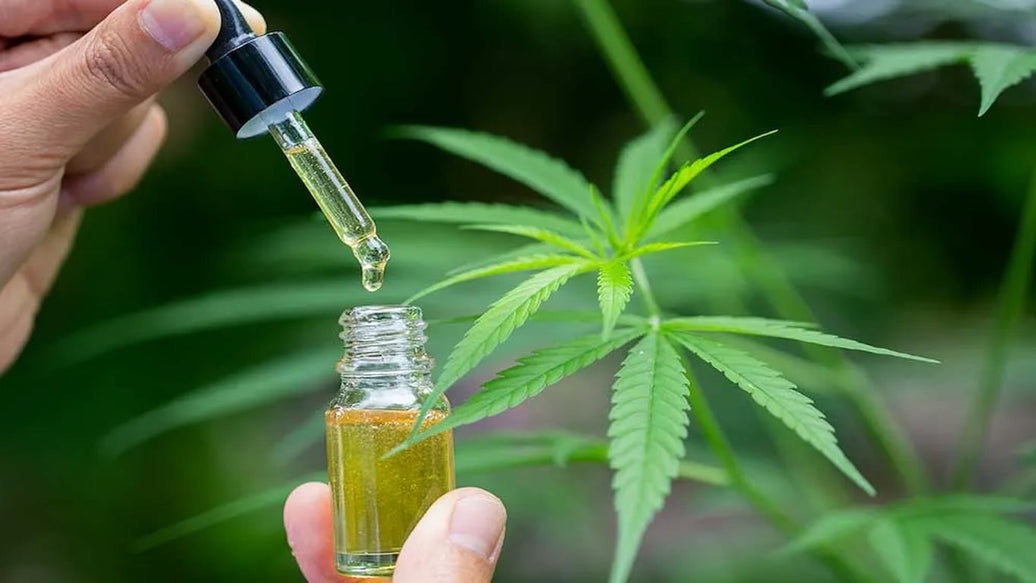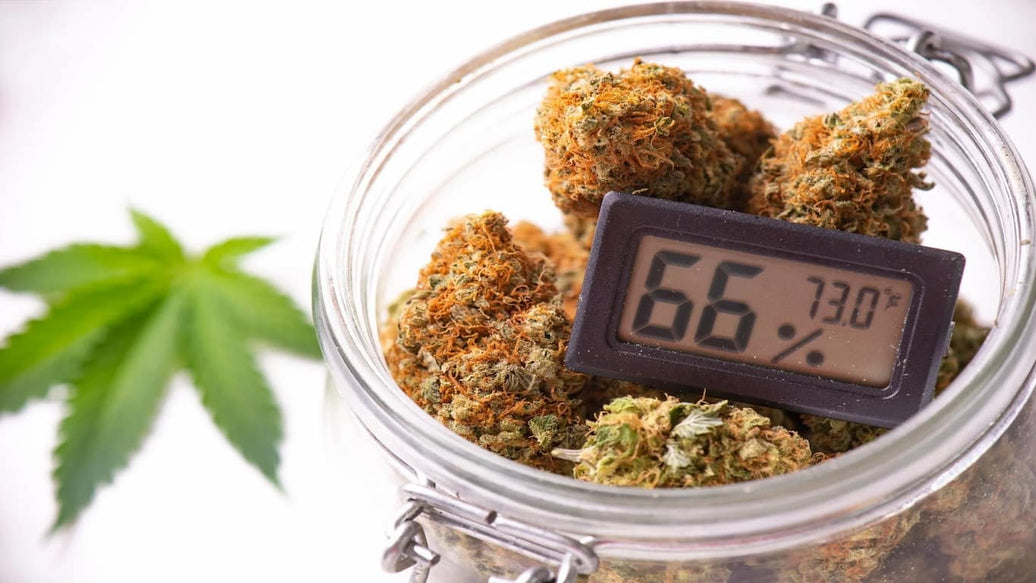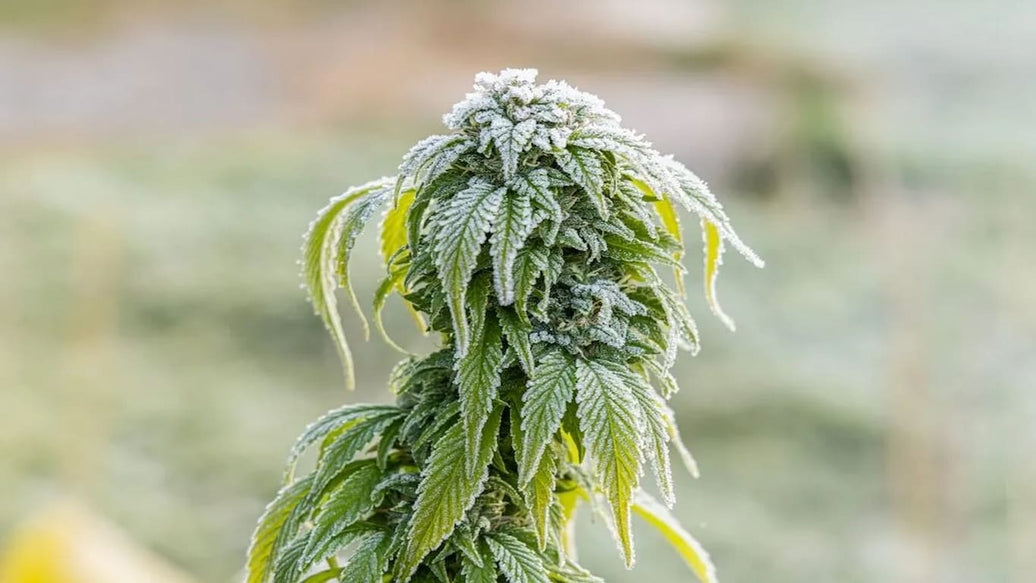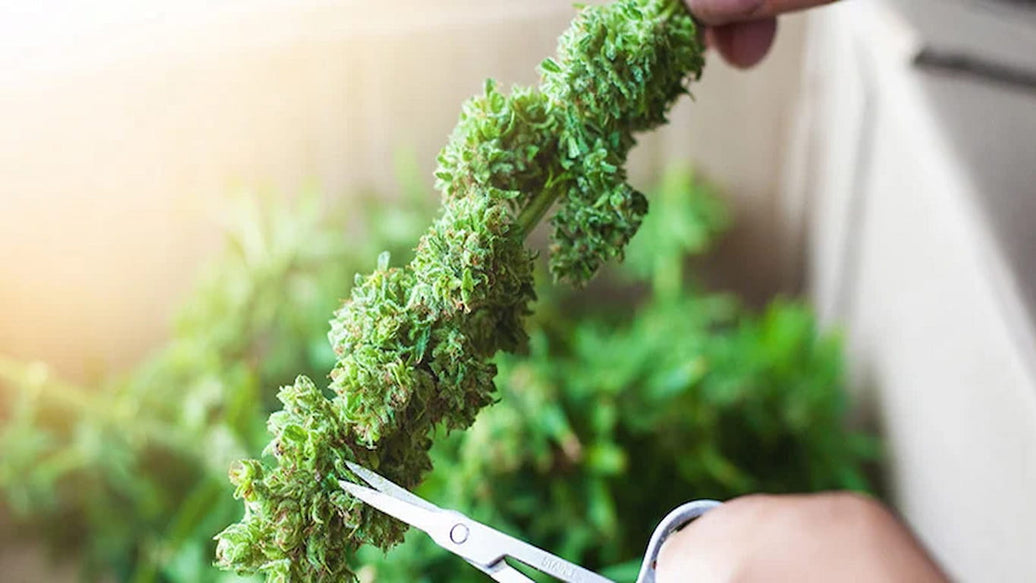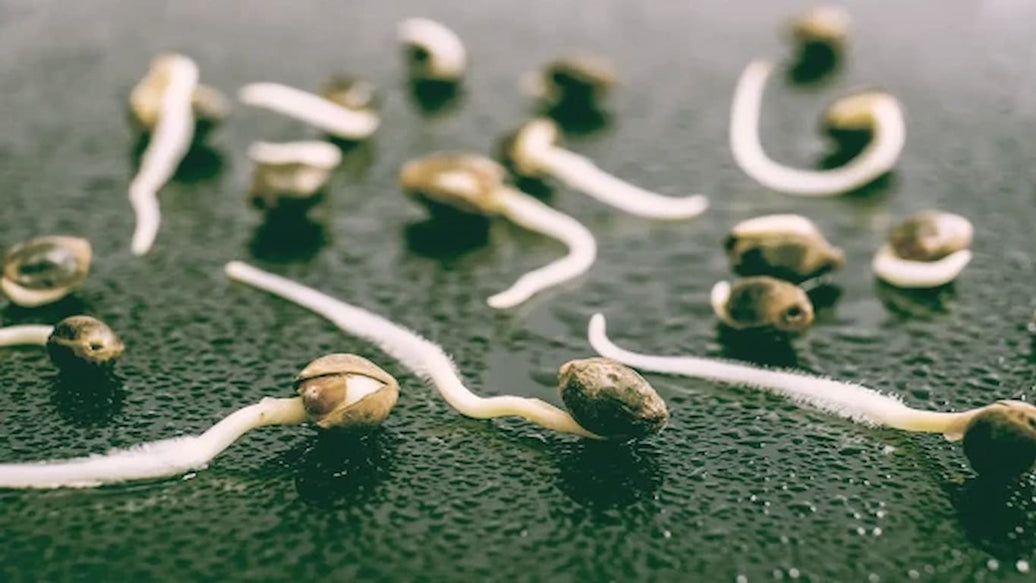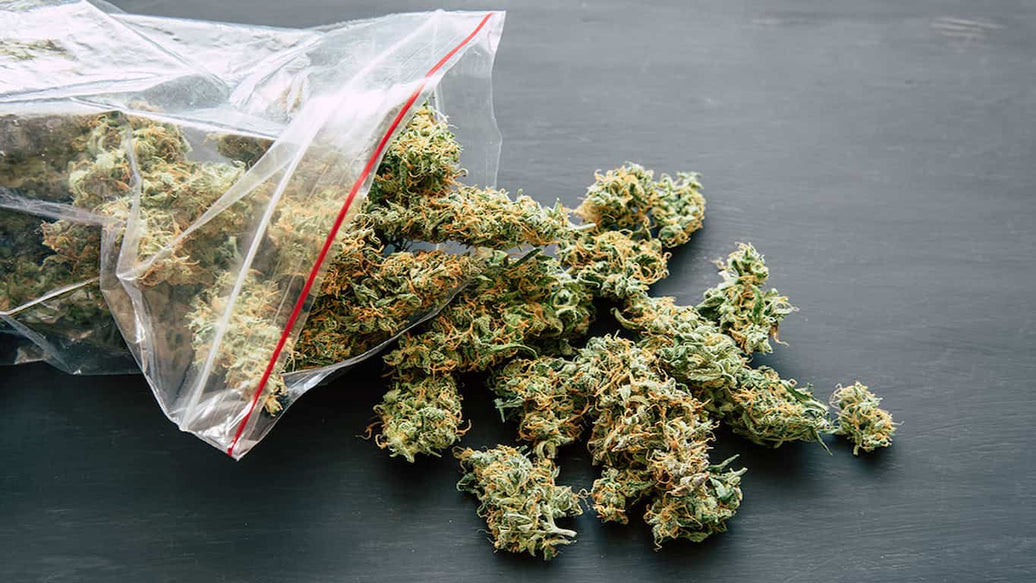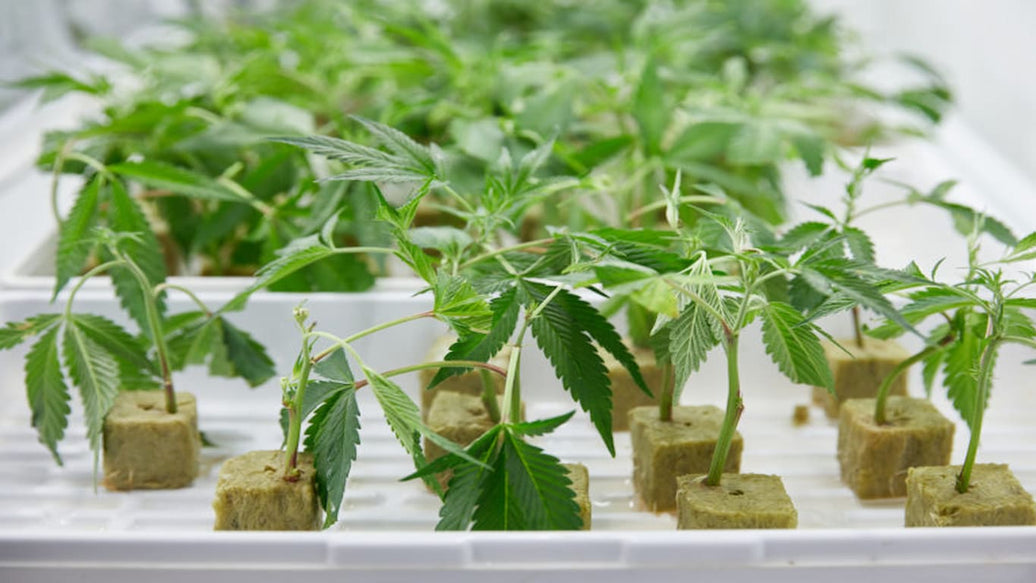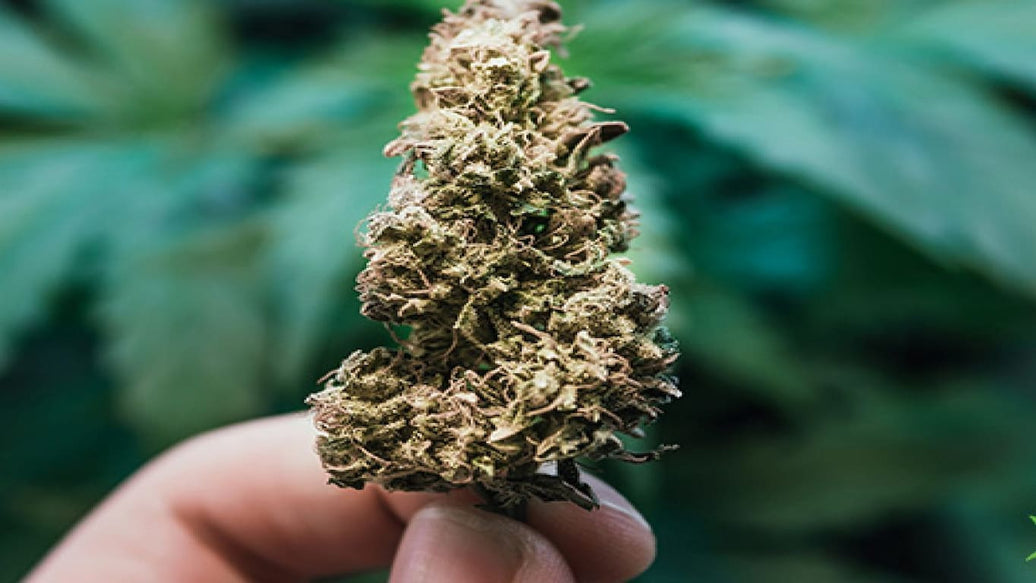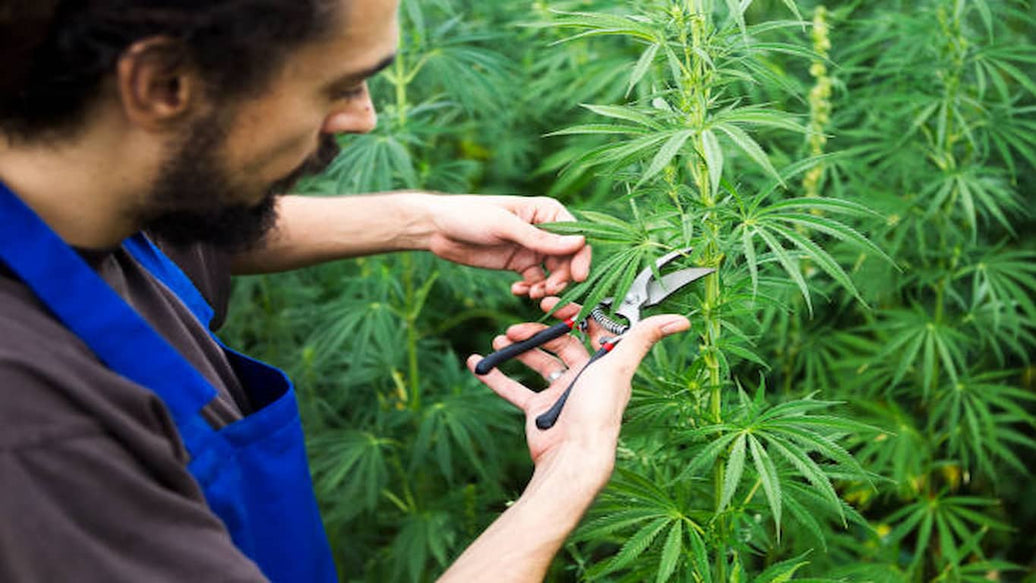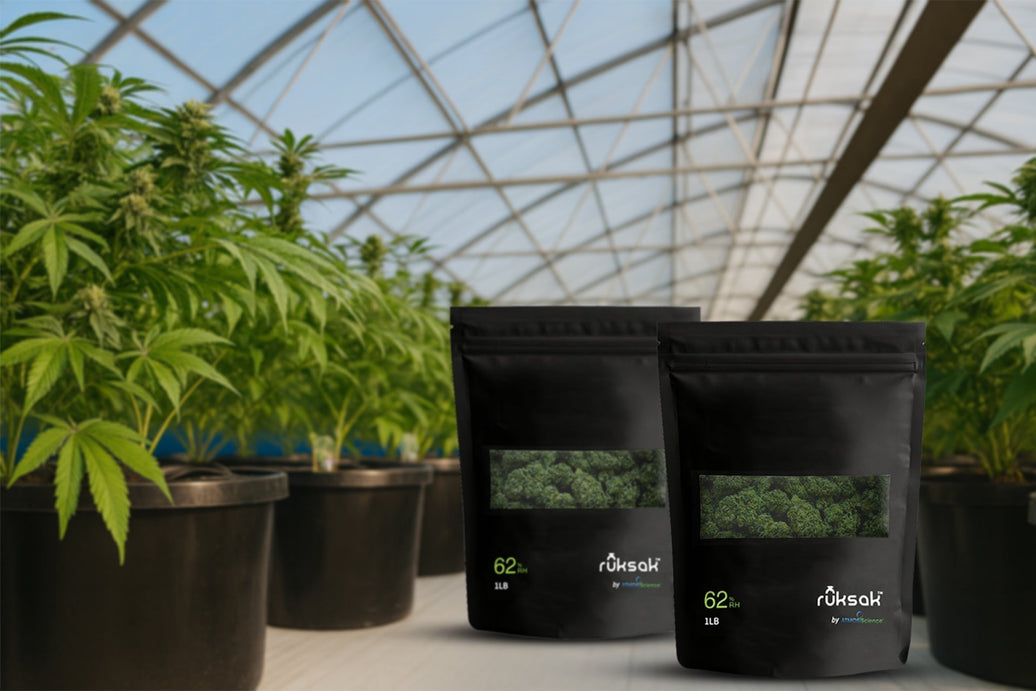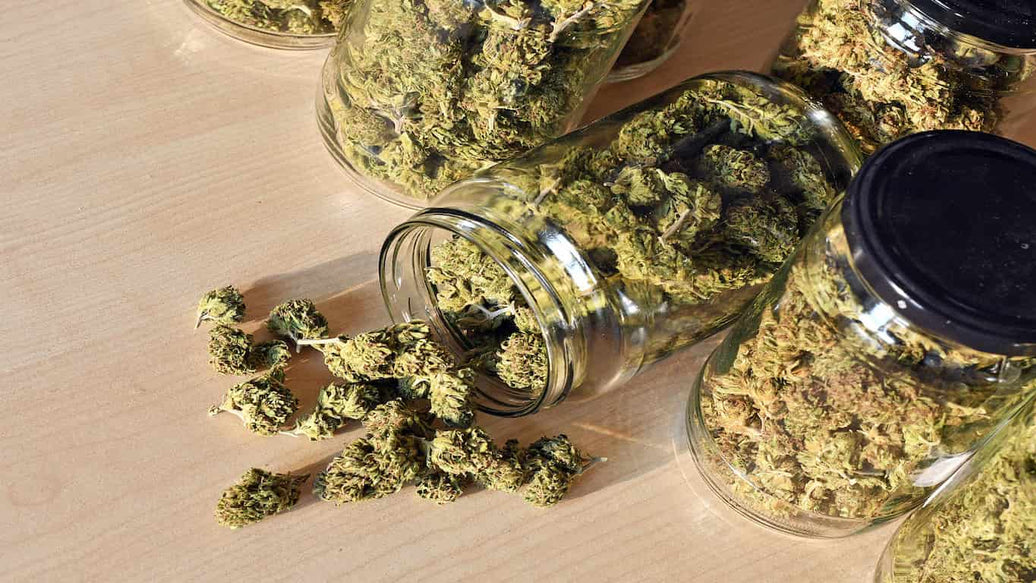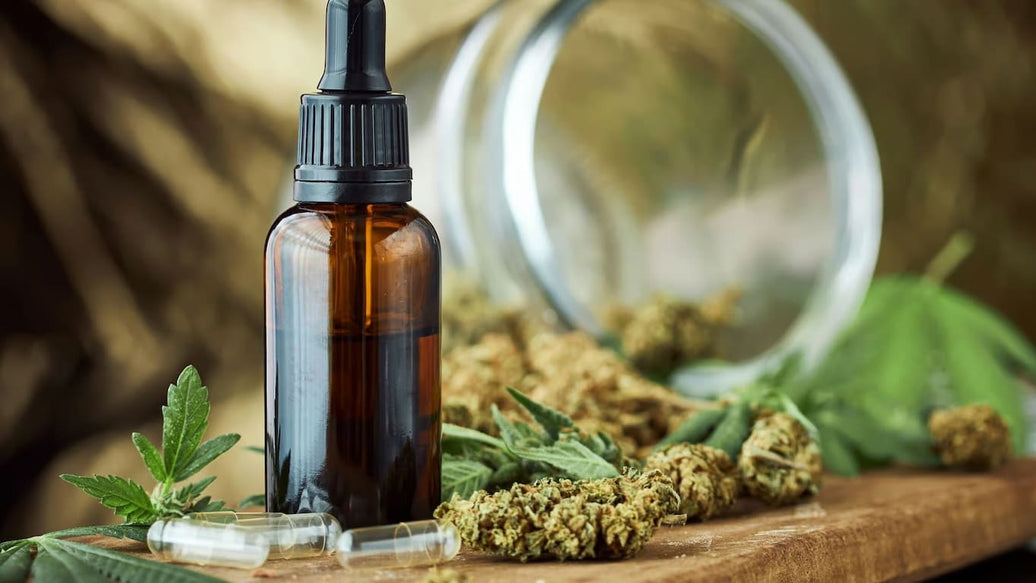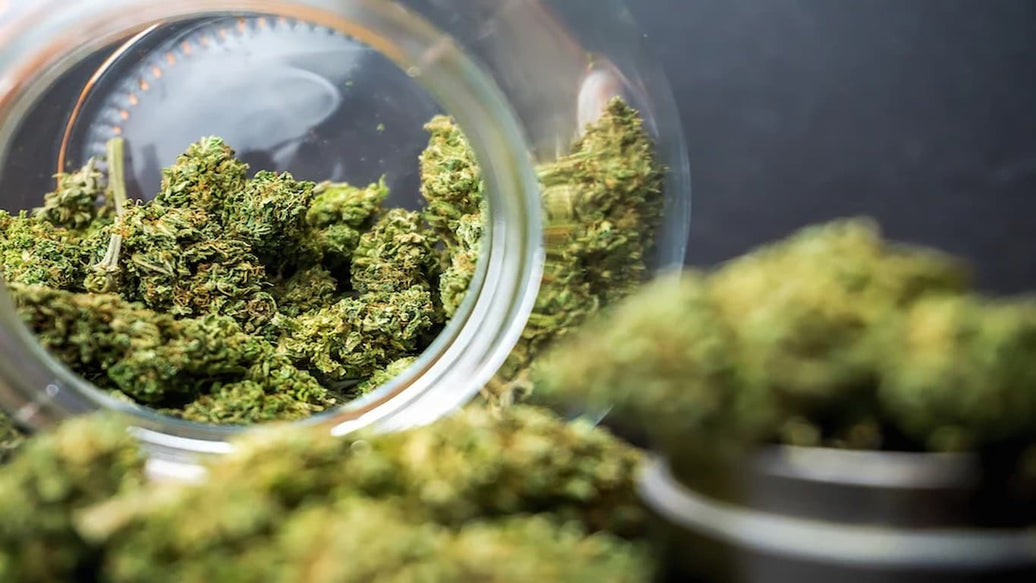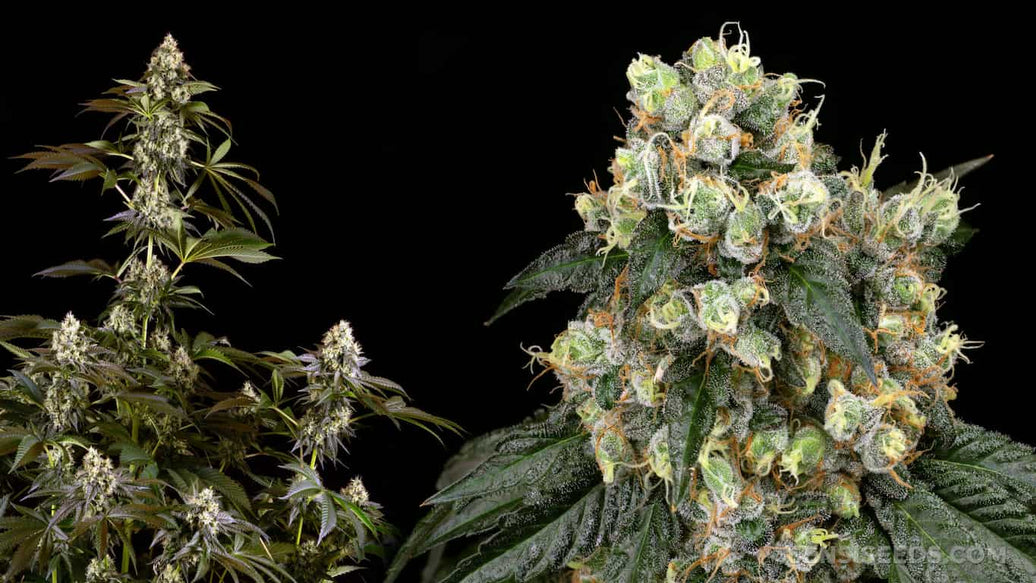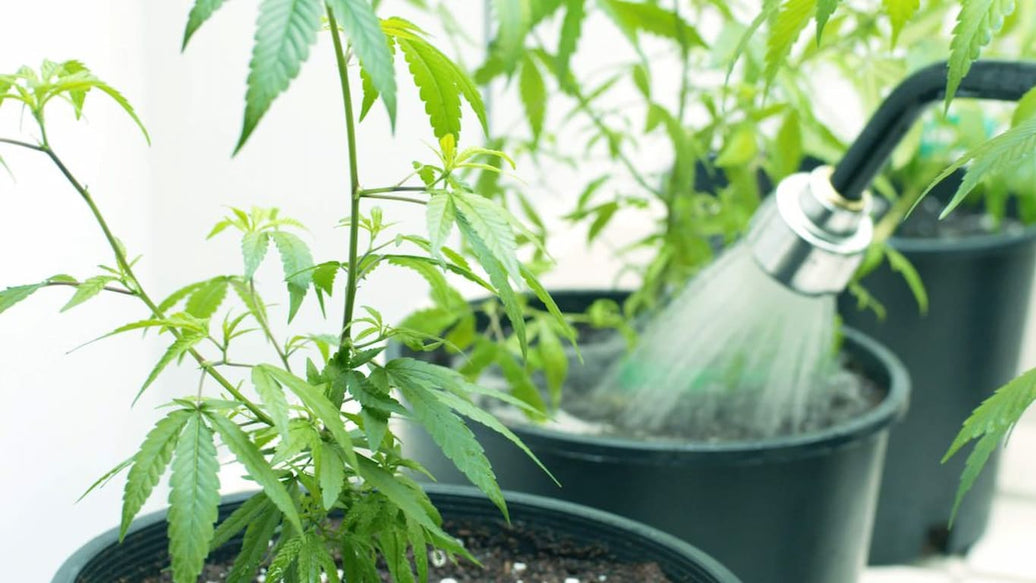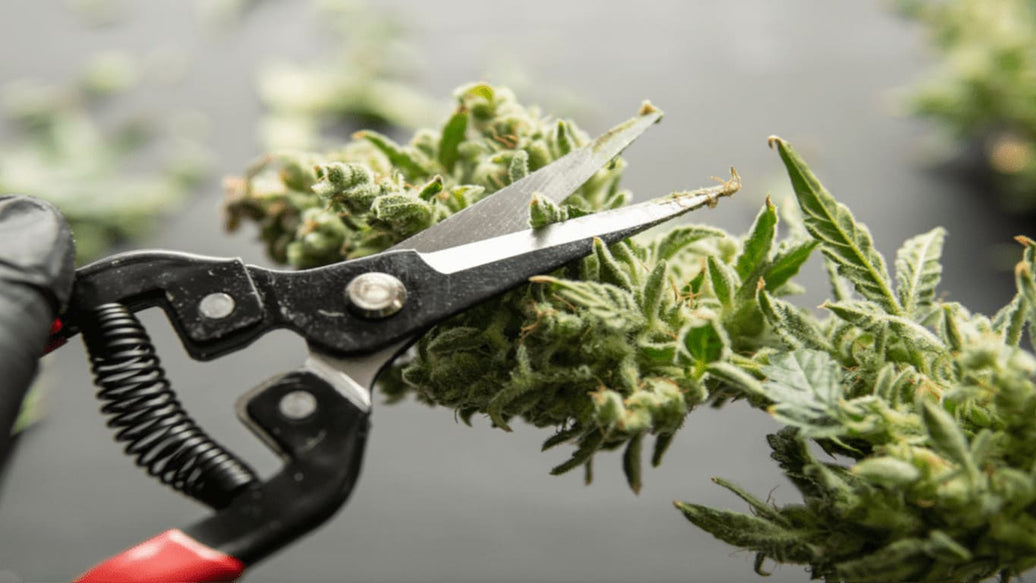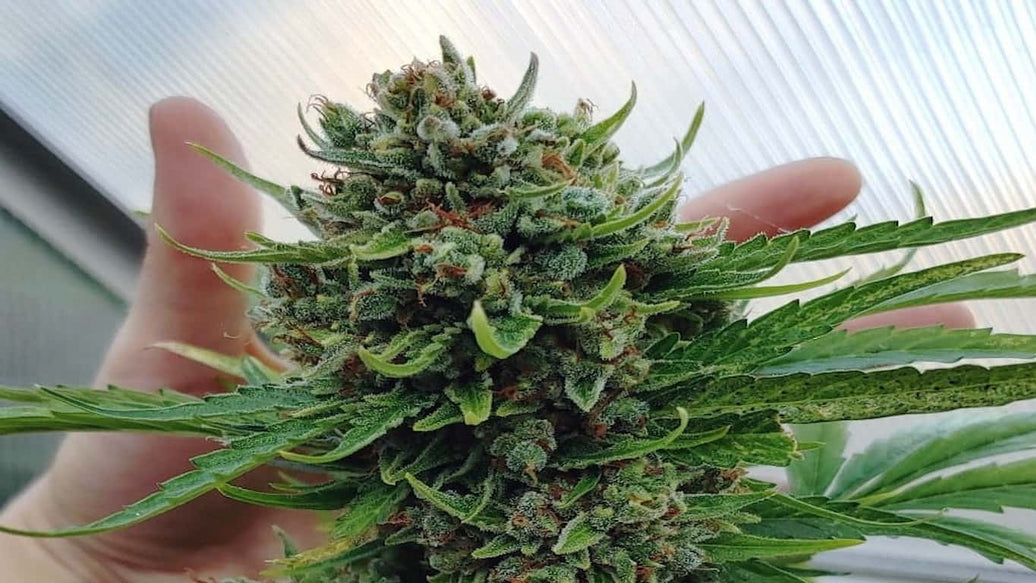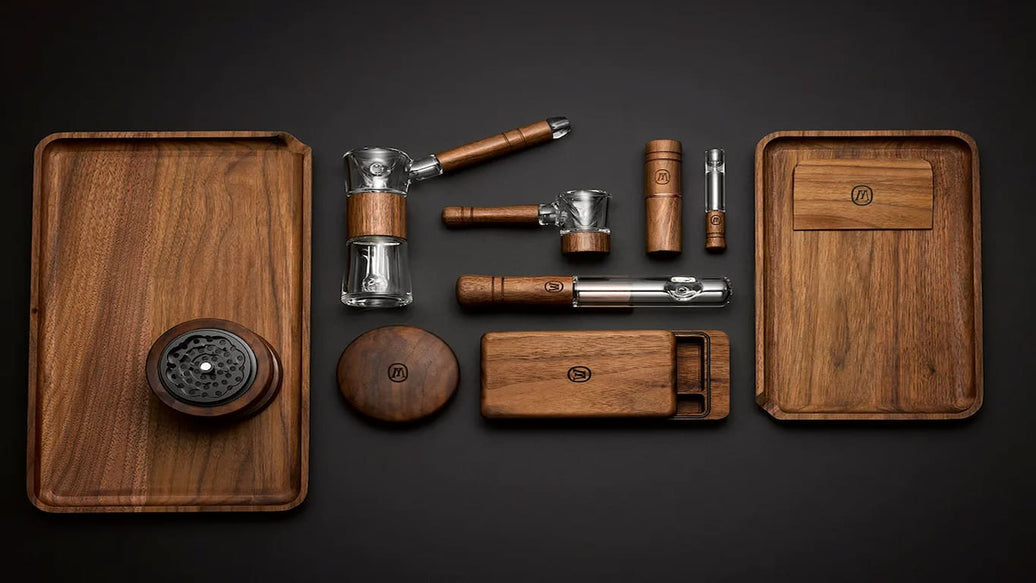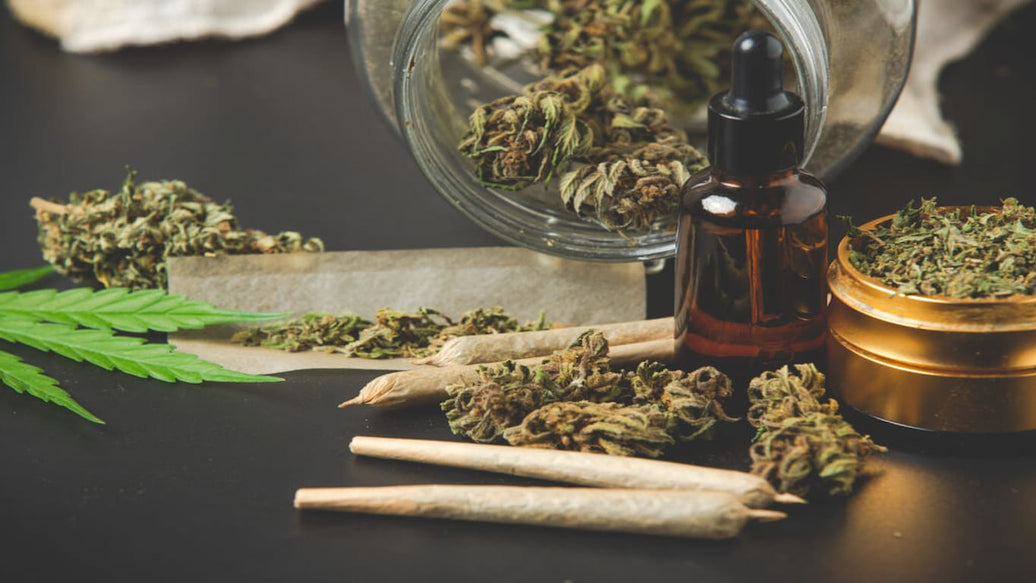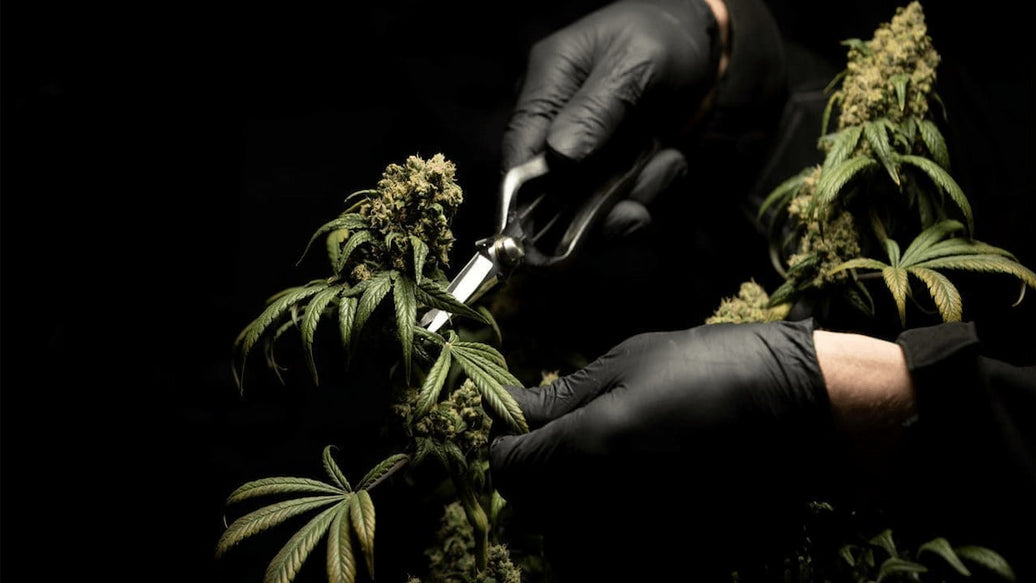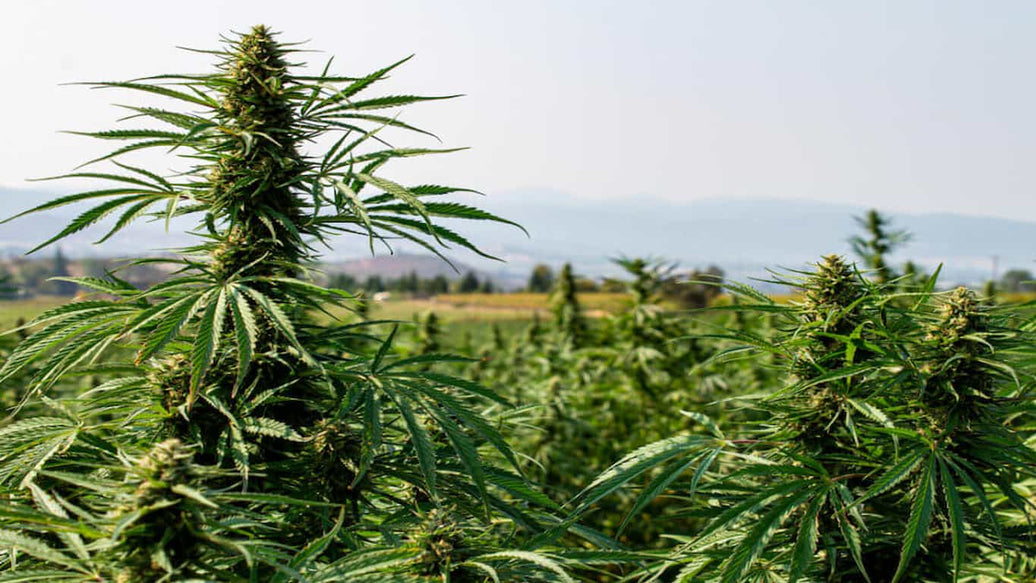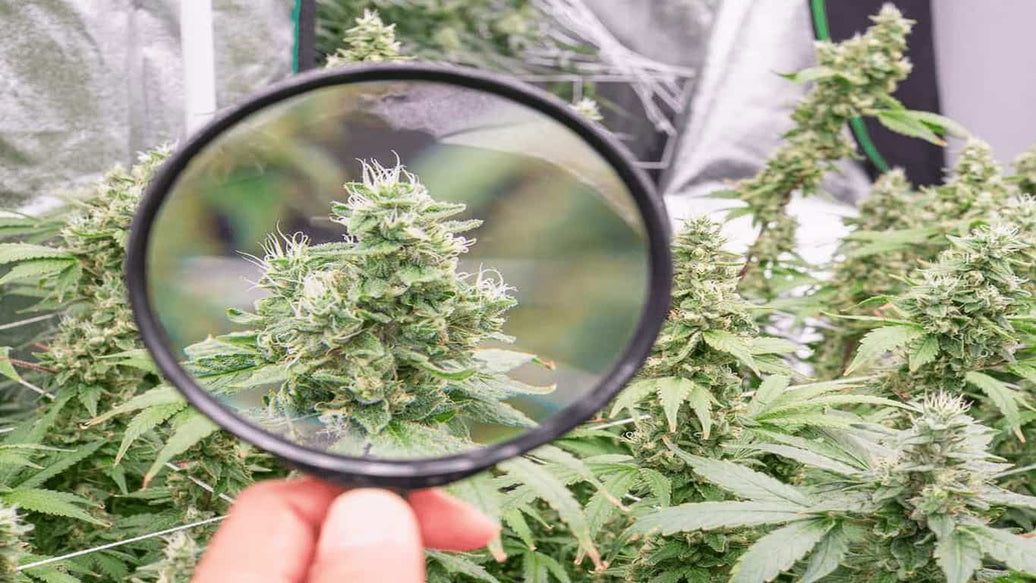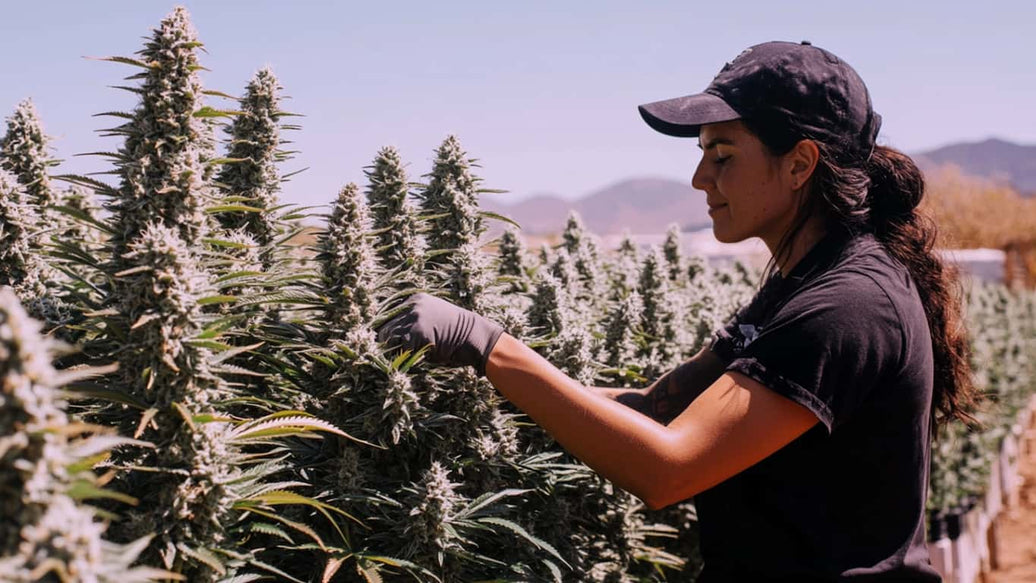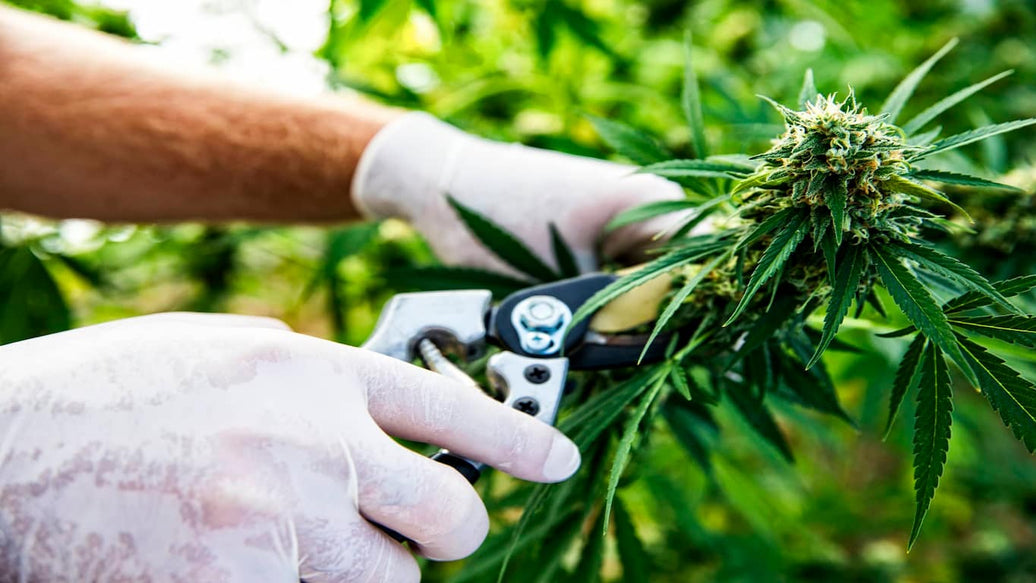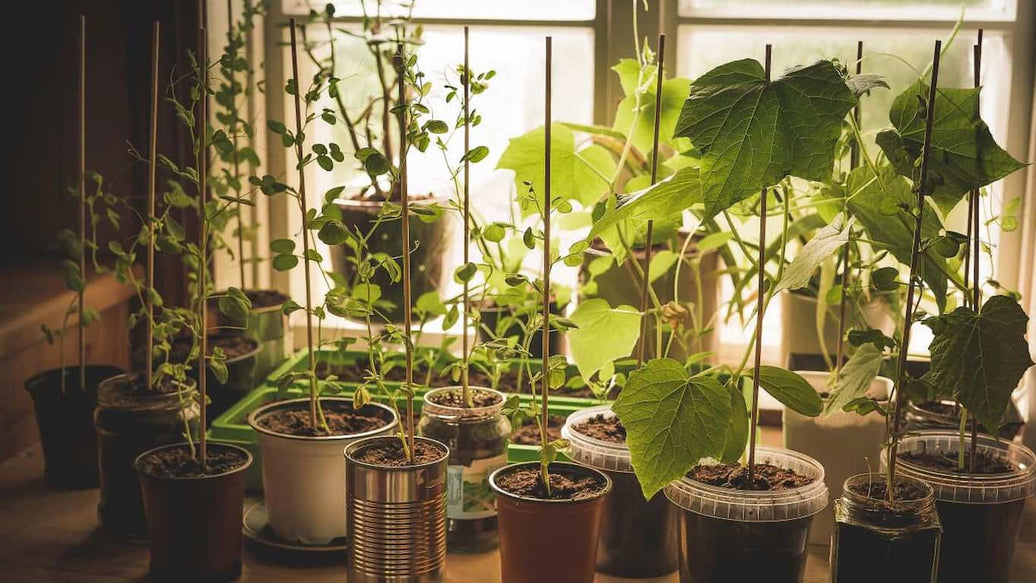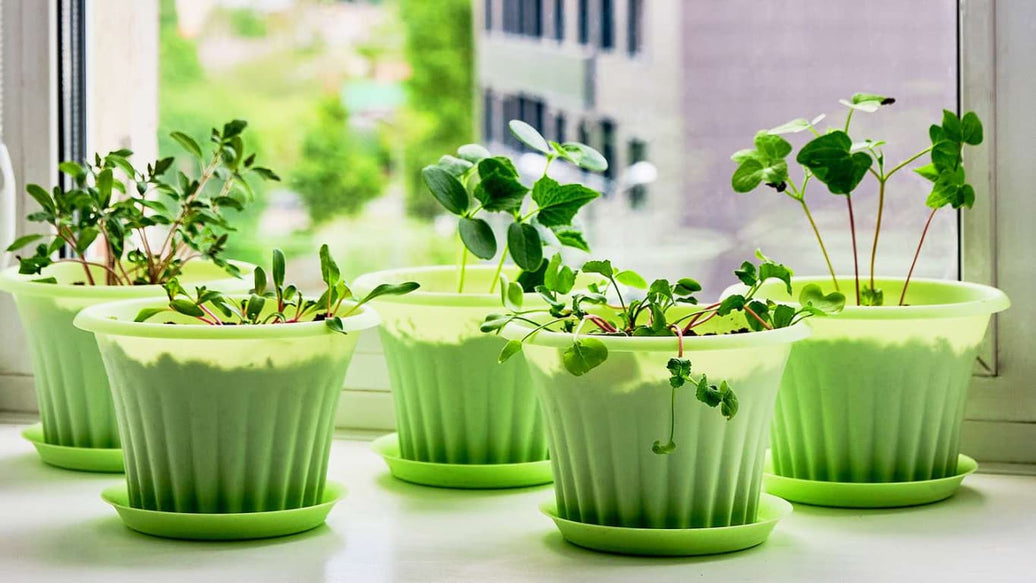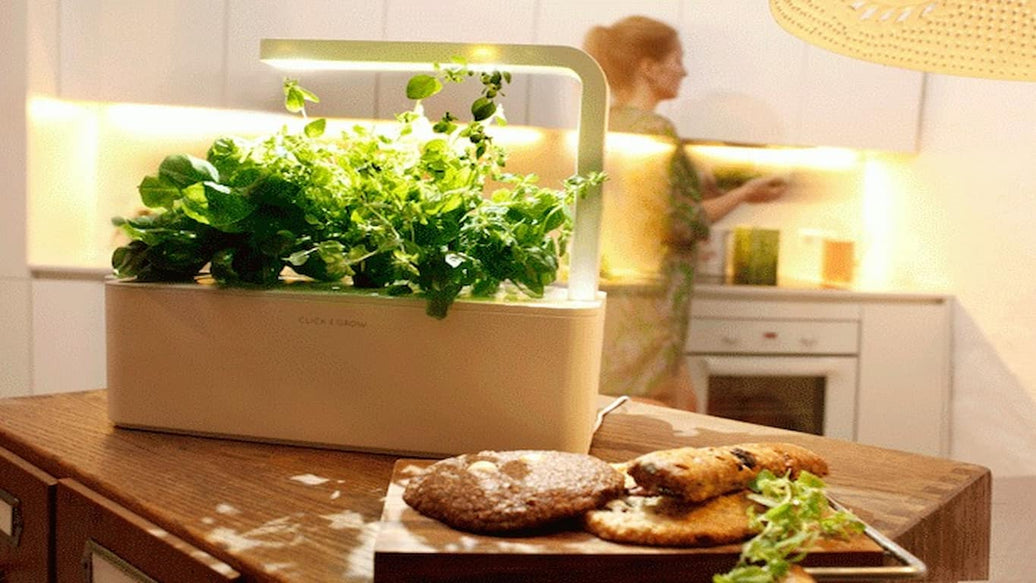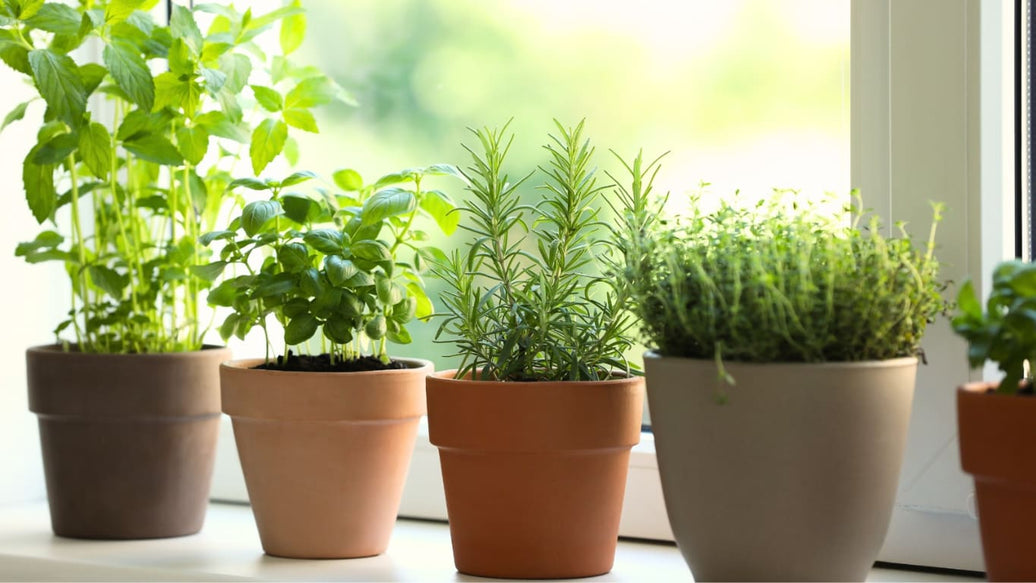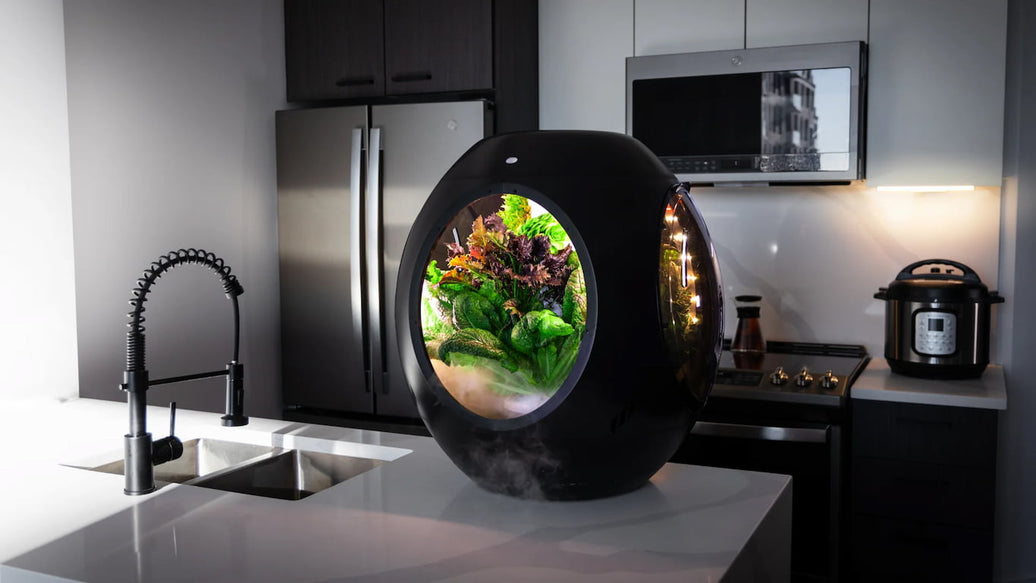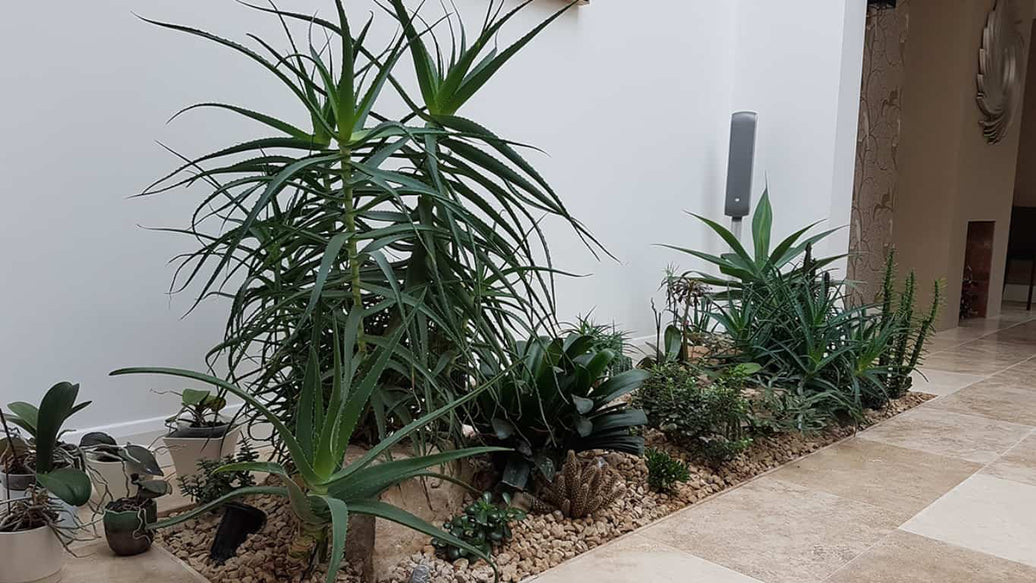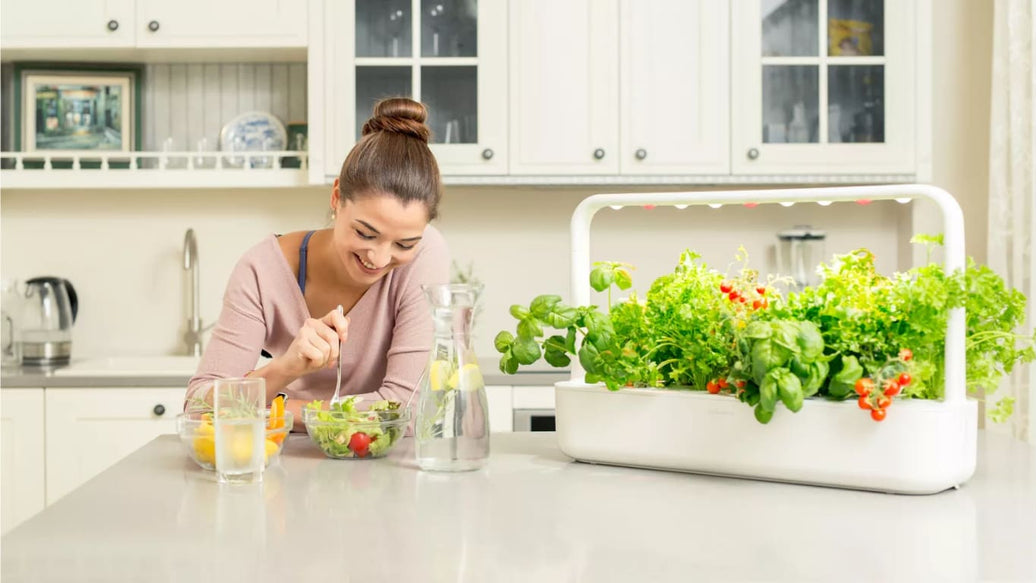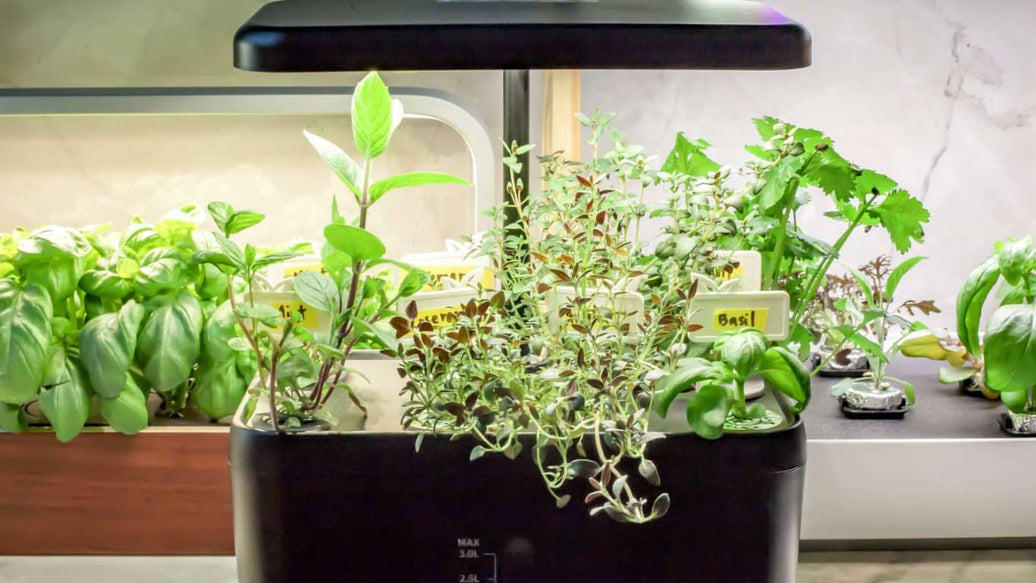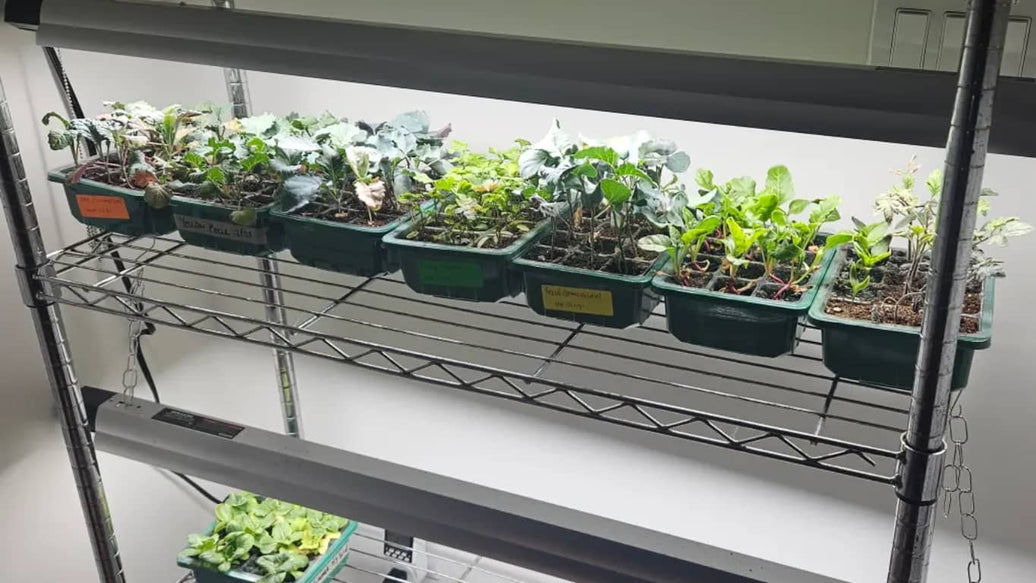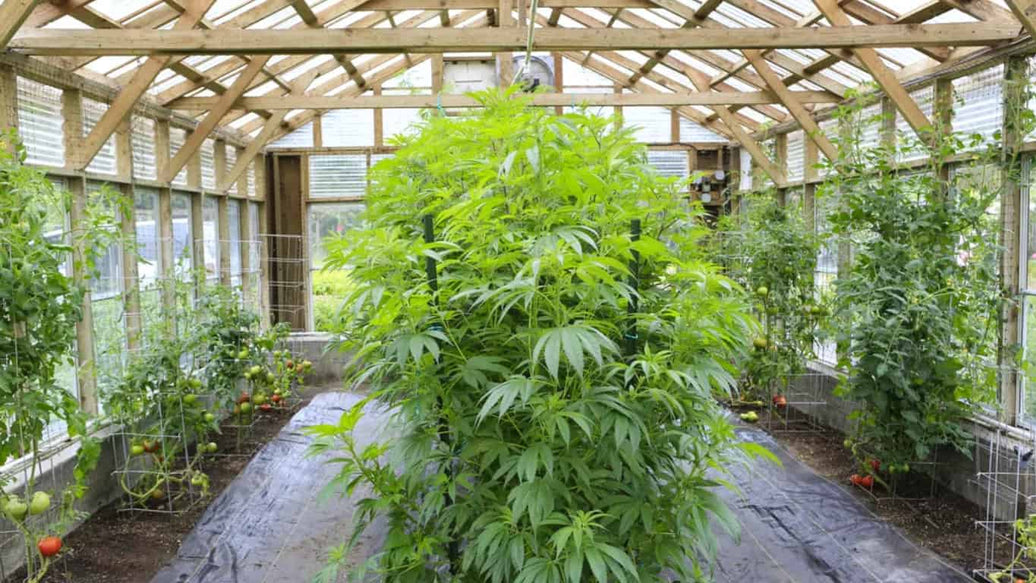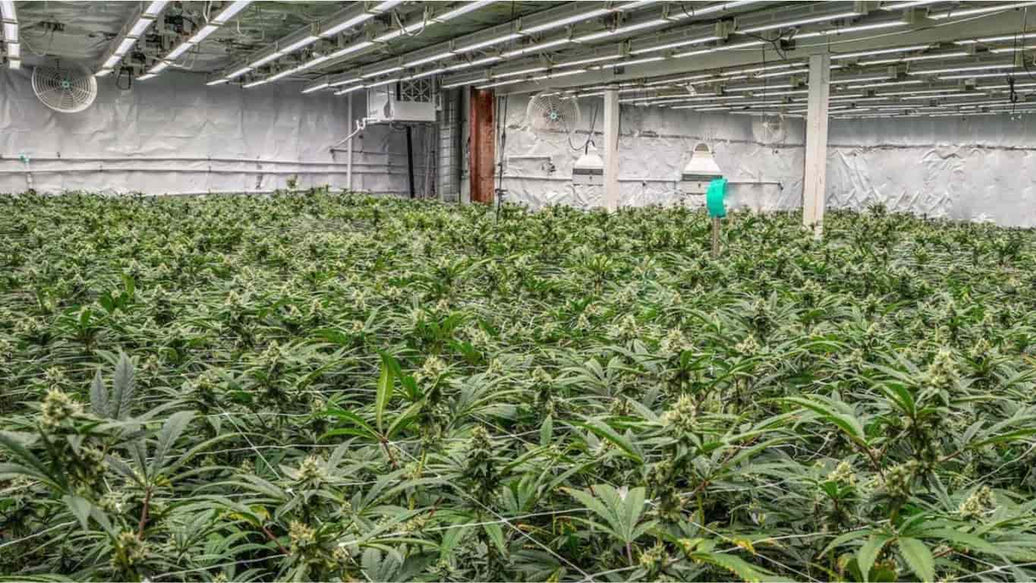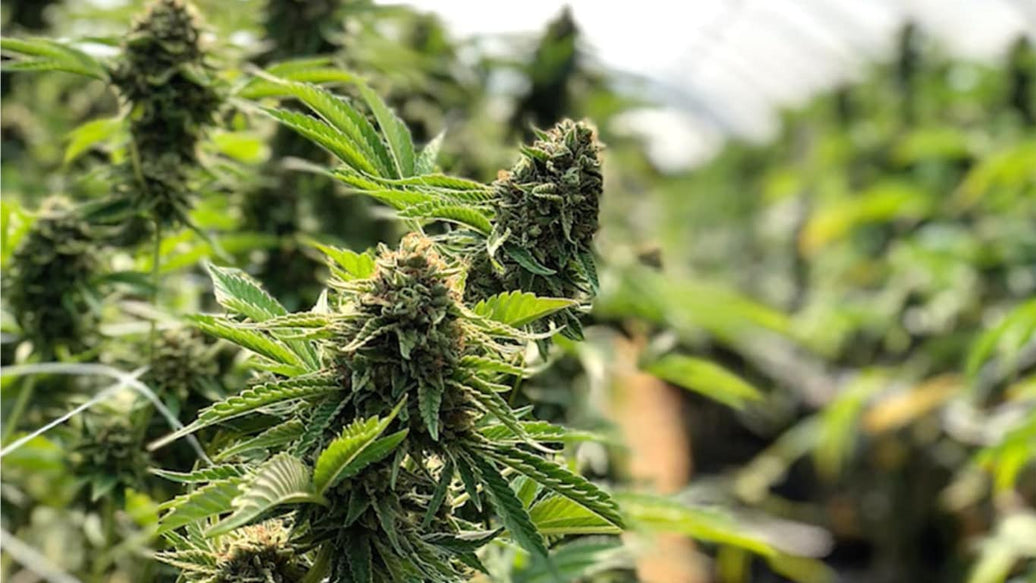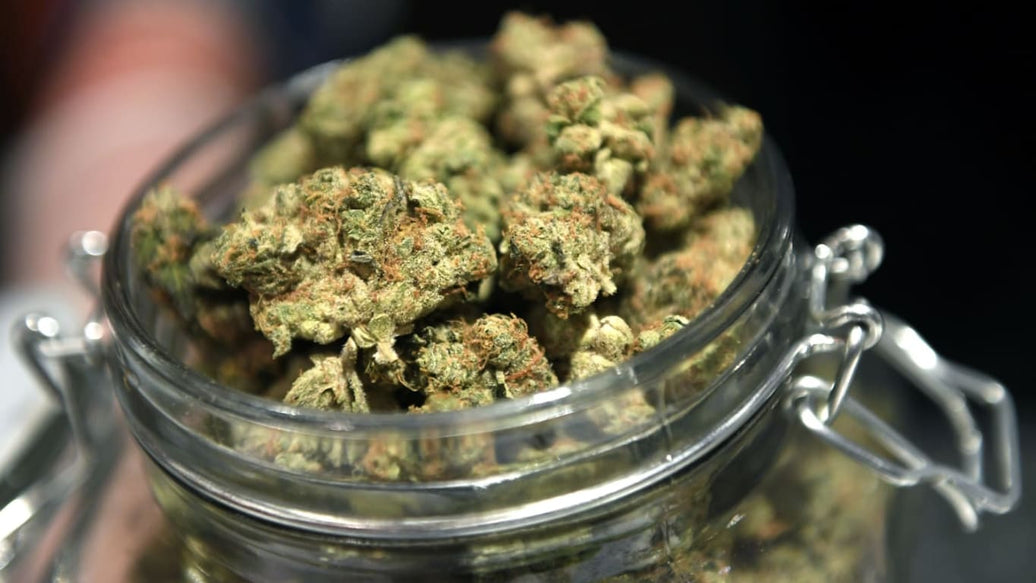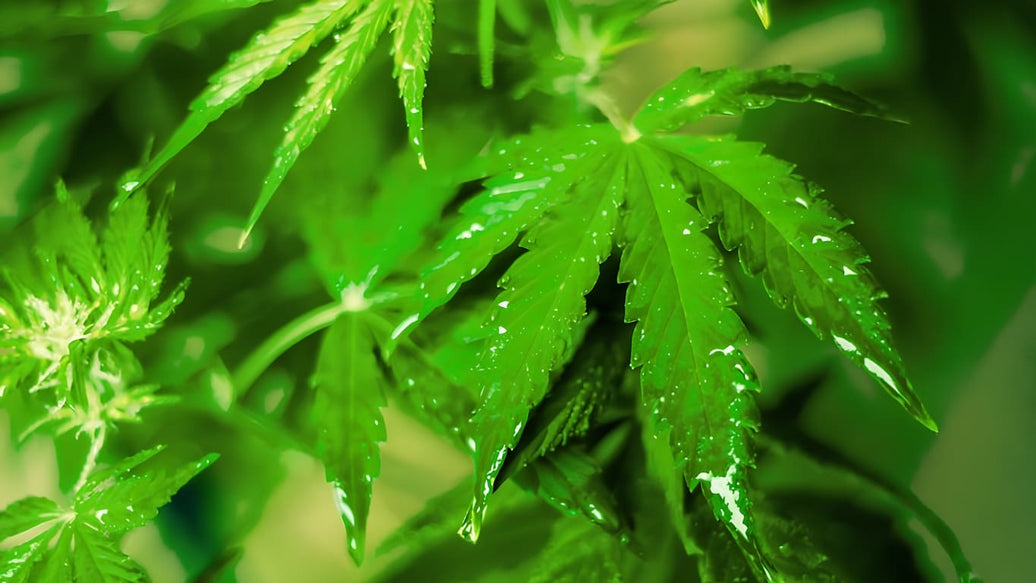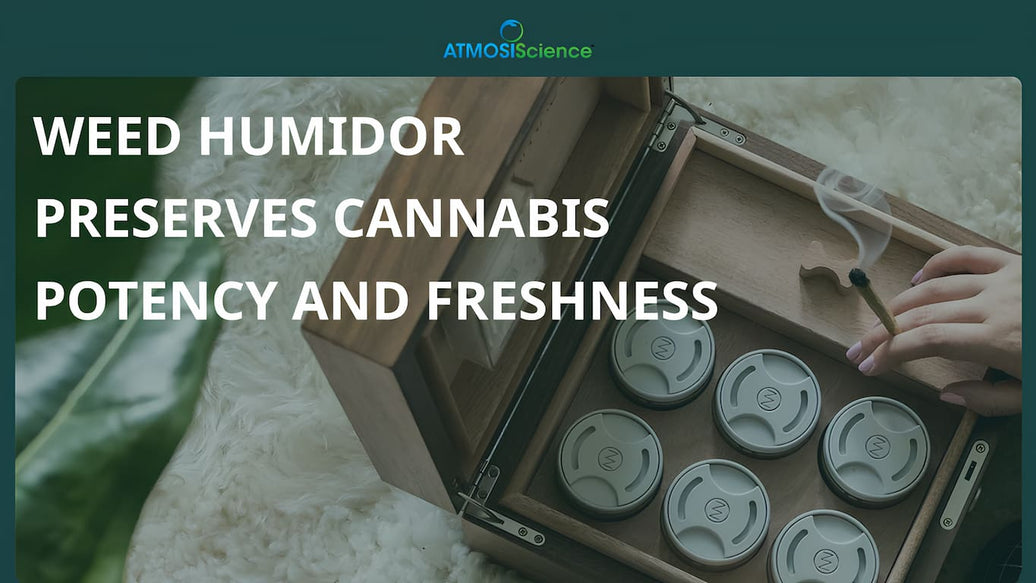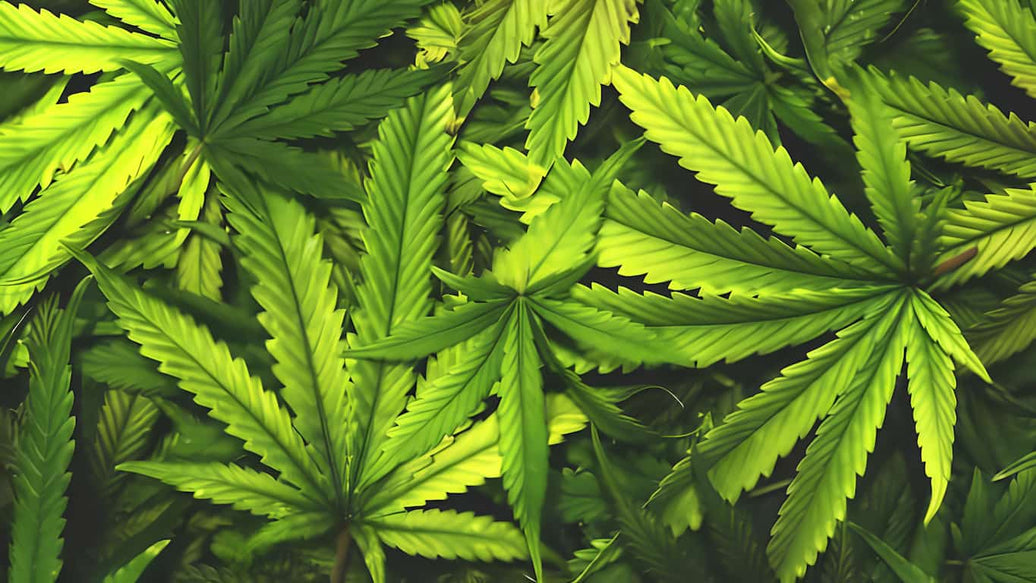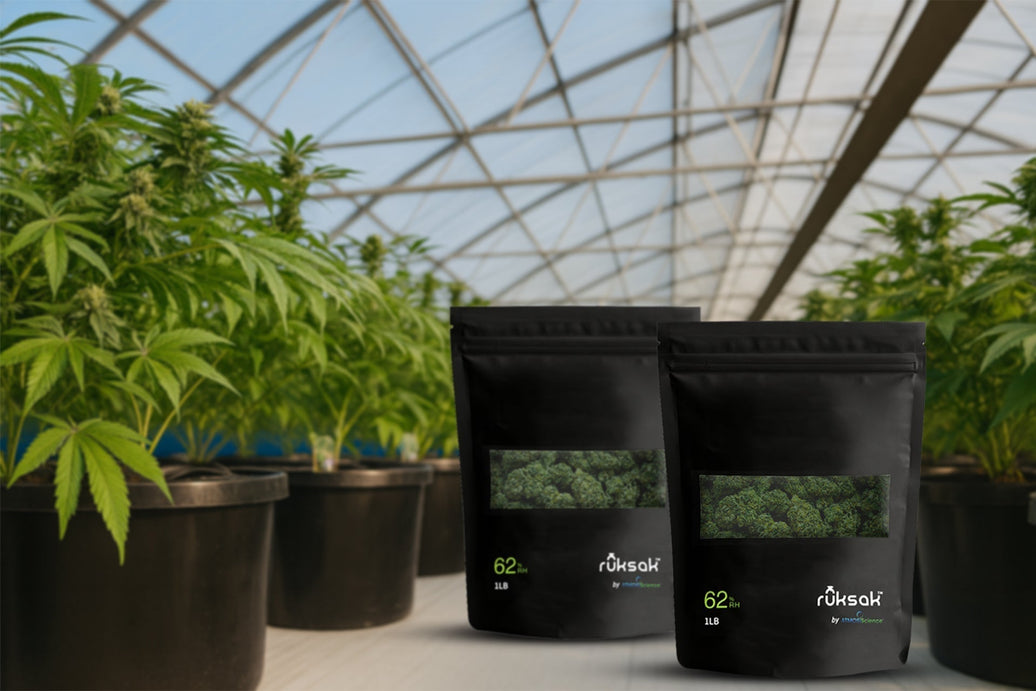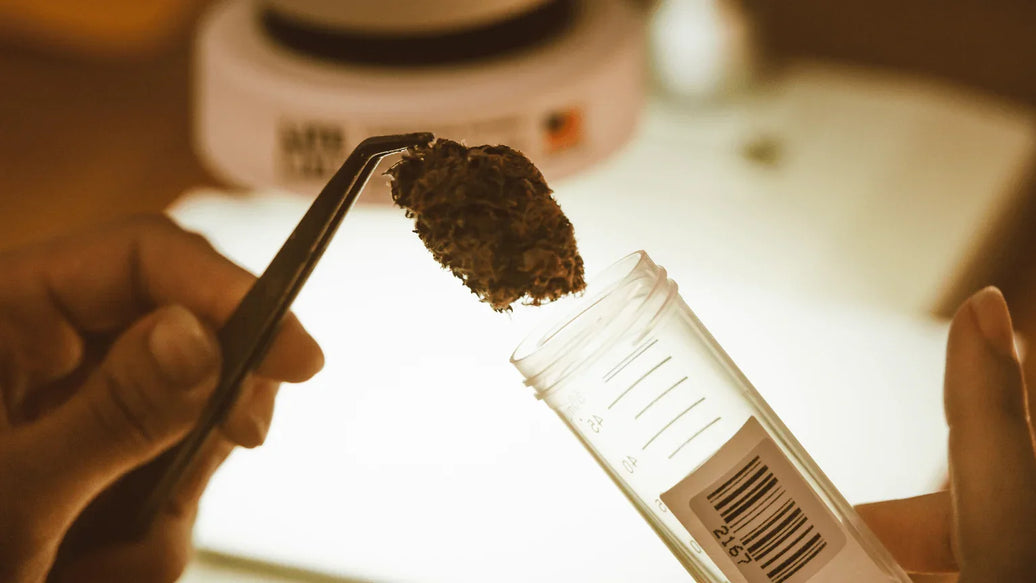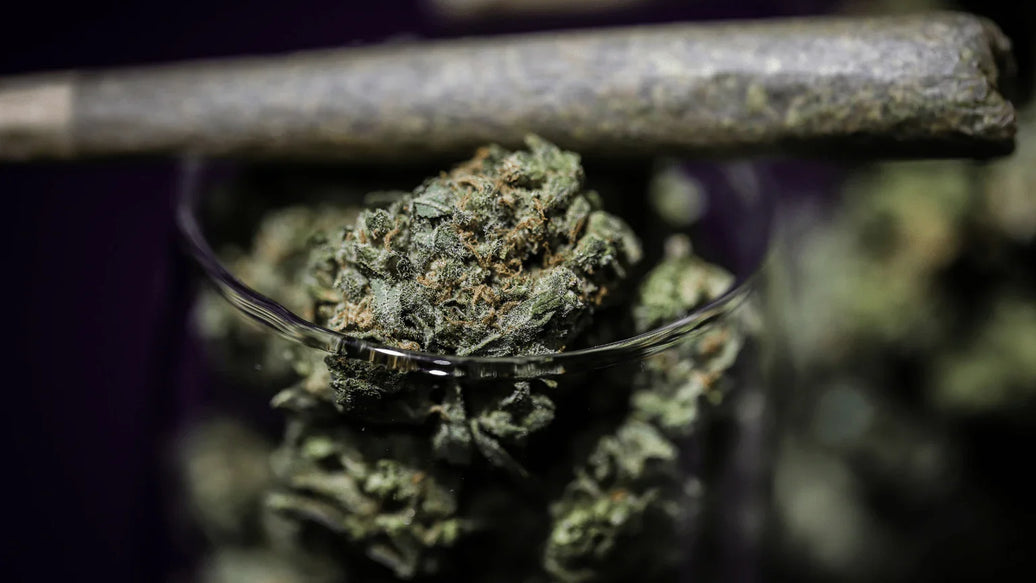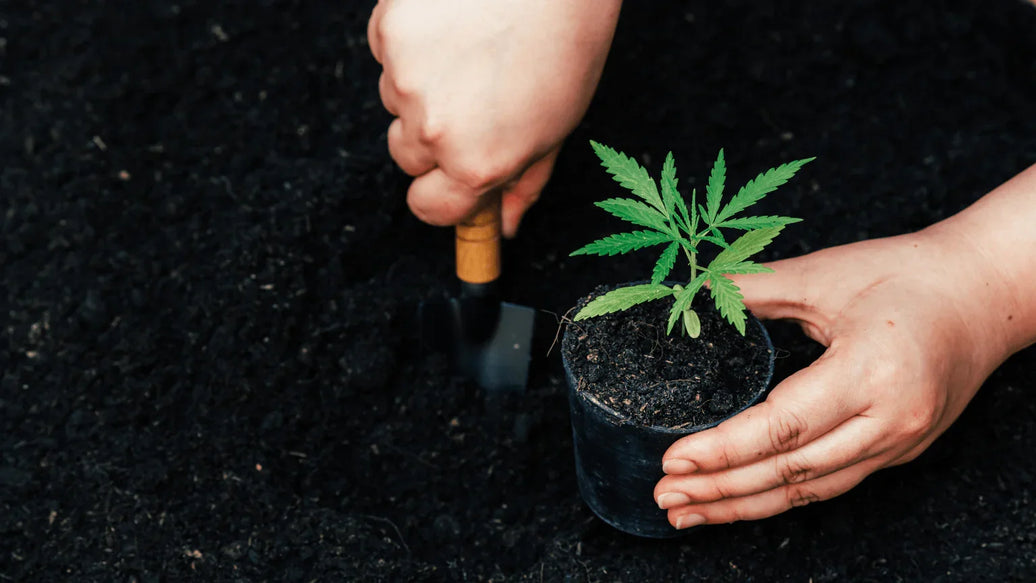The rise of cannabis cultivation has brought expanded awareness of the technology needed to maintain legal compliance, user privacy, and environmental responsibility. One of the greatest challenges in growing cannabis - whether for personal use or in a commercial facility - is managing the strong, distinctive odors created by the plant’s terpene and volatile organic compound (VOC) emissions. For many cultivators, the solution is integrating a robust cannabis carbon filter setup to purify grow room air.
This blog analyzes the science behind carbon filter cannabis solutions, details how to select and size your syste and explores operational best practices.

Understanding Cannabis Odors: The Science behind the scent
Cannabis volatile organic compounds (VOCs)
The aromatic attributes of cannabis are caused by terpenes and other BVOCs (biogenic volatile organic compounds), such as myrcene, limonene, and pinene. BVOC emission rates from the plant can reach 110–5,500 μg/m³ in cultivation facilities, with the highest concentrations during late flowering or post-harvest trimming and drying.
Terpenes are volatile hydrocarbons with molecules measuring between 0.4 and 0.62 nanometers. Their small size allows them to permeate indoor environments, creating potent scents that travel well beyond grow room walls.
Why cannabis odor management matters
Odor control is not only about discretion - it’s a legal and operational necessity. Many local ordinances have strict boundaries for cannabis-related odors, with violations leading to fines or license suspensions. For operators, odor complaints from neighbors pose regulatory risk, while high VOC concentrations within the facility can impact employee respiratory health. In private settings, a well-installed carbon filter cannabis system ensures privacy and protects property values.
Environmental impact
The BVOCs emitted by cannabis can contribute to ozone and secondary organic aerosol formation—doubling atmospheric VOC concentrations in some areas, according to air quality research. Responsible cultivators must therefore adopt high-performing filtration measures to minimize environmental impact.

How carbon filters work: The adsorption process
Activated carbon fundamentals
Activated carbon is the backbone of every effective carbon filter for cannabis operation. Created by heat-treating carbon-rich substrates (coconut shell, coal, wood) at very high temperatures, activated carbon boasts a porous surface area between 500 and 2,000 m²/g. Premium versions reach over 3,000 m²/g—meaning a single gram exposes a surface area comparable to a tennis court.
The activation process includes:
- Physical activation (steam/CO₂) to develop micro- and mesopores
- Chemical activation (KOH, ZnCl₂, phosphoric acid) to maximize adsorption properties
How odor molecules are captured
As air flows through the filter, VOCs and terpenes contact the carbon media. Molecules are physically bound to the internal pores, mainly through van der Waals forces and chemical interactions. Key factors governing performance include micropore density, surface area, contact time, airflow velocity, and grow room humidity/temperature.
Molecular size compatibility
With main cannabis terpenes measuring 0.4–0.62 nm, and carbon micropores commonly sized below 2 nm, scientific studies confirm near-perfect compatibility for efficient odor capture.
Types of activated carbon for cannabis applications
Coconut shell activated carbon
Coconut shell carbon features the highest micropore density, crucial for trapping small VOCs and terpenes emitted by cannabis. Surface areas typically reach 1,000–1,500 m²/g, and its exceptional hardness and purity make it the gold standard for cannabis carbon filter solutions. It’s widely used in cultivation, commercial air purification, and potable water treatment.

Coal-based activated carbon
Derived from bituminous coal, this type contains more mesopores—ideal for absorbing larger molecules. While less expensive than coconut shell, coal-based carbons generally offer less efficiency for cannabis odors but are effective for general industrial needs.

Wood-based activated carbon
This version contains fast-capturing macropores and is typically available as powder. It excels in aqueous applications like food and solvent processing, but is less optimal for cannabis VOC adsorption.

Comparison table
|
Carbon Type |
Micropores |
Best Use |
Cost |
|
Coconut Shell |
Highest |
Cannabis VOCs |
High |
|
Coal-Based |
Medium |
General Use |
Medium |
|
Wood-Based |
Lower |
Liquids & Beverages |
Low |
Selecting the right carbon filter size
Calculate your grow room volume
Measure the length, width, and height of your grow area (L × W × H) for room volume. Example: 20ft × 10ft × 8ft = 1,600 cubic feet.
Determine required air exchange rate
For optimal odor control in cannabis carbon filter systems:
- Vegetative stage: 20–30 air changes/hour
- Flowering stage: 30–60+ air changes/hour
For best results, exchange all air every minute, especially during harvest.
Sizing chart
|
Room Size |
Volume |
Min CFM |
Recommended |
|
4×4×7 |
112 ft³ |
150-200 |
250-350 |
|
8×8×7 |
448 ft³ |
600-900 |
900-1,200 |
|
10×20×8 |
1,600ft³ |
1,000-1,300 |
1,600-2,000 |
Always match filter rating to fan output; undersized filters are ineffective, oversized are safe but may waste resources.
Optimizing your carbon filter system
Humidity control
High humidity blocks carbon pores, reducing effectiveness and causing clumping. Maintain 40–60% RH with dehumidifiers and proper ventilation.
Temperature management
Ideal room temp is 60–75°F (15–24°C). Higher temps volatilize terpenes, lower temps cause condensation—both stress the filter.
Combined filtration approach
Layer pre-filters, HEPA filtration, and carbon filter cannabis systems for complete protection.
Air circulation
Use oscillating fans and smart placement to prevent dead air pockets and distribute odor evenly for the filter to capture.
Explore: ATMOSIScience’s best humidity control solutions.

Cannabis storage & terpene preservation
Post-harvest odor control
Store cannabis in airtight containers—glass jars, CVault, etc.—at 58–62% RH and 60–70°F to preserve aroma and potency. Protect from UV and minimize air exposure.
Humidity packs
Our two-way humdity control packs Humidi-Cure® regulate humidity and help maintain terpene profiles.

Terpene preservation
Avoid light, oxygen, and major temperature swings. Curing cannabis properly after harvest preserves terpenes and avoids volatility.
Conclusion
Cannabis carbon filters remain the most effective solution for indoor odor control thanks to their ability to trap terpenes and VOCs at the molecular level. Coconut shell activated carbon is the preferred media for its high micropore density and VOC affinity. Correctly sizing your filter—based on room volume and usage patterns—is crucial to performance. Carbon filter cannabis systems require regular maintenance, including pre-filter cleaning, timely replacement, and humidity control below 70% RH. Regulatory compliance is essential, with documentation and best management practices ensuring long-term success.

